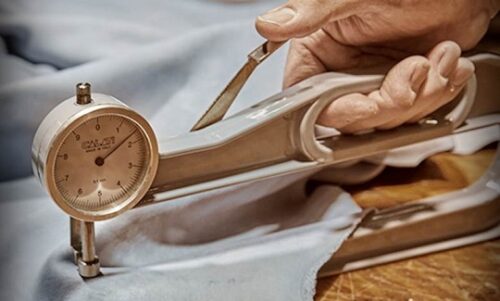9 June 2022
Official figures published by the Leather and Hide Council of America (LHCA) show that packers, tanners and traders in the US exported 10.75 million hides in the first four months of 2022, bringing in revenues of just under $450 million, reports Leatherbiz.

These figures mean an increase of 9.7% in volume and of 15.4% in value year on year.
The number of wet-salted hides exported from January-April 2022 was 9.5 million, which brought in revenues of $313.6 million. Compared to the same months last year, this indicates an increase of 10% in volume and of 19% in value.
China was still the largest market for US wet-salted hides by far, taking more than 5.5 million pieces. This represents a drop of 1% year on year, although there was growth in terms of revenue of 13%, with Chinese tanners paying $185 million for this raw material.
This makes the average price Chinese importers paid in the first four months of this year $33.63, compared to $29.26 in the same period in 2021.
For wet blue, the total number of hides the US exported in the four-month period was a little over 1.25 million, with export revenues of $134.7 million. The volume of shipments of wet blue increased by 3% year on year, while the increase in value was 8%.
In the first four months of 2022, Italy was clearly the leading market for US wet blue, increasing the volume of hides imported by 54% year on year to reach almost 430,000, for which tanners in Italy paid a collective total of more than $41.25 million.
The average price Italian tanners paid for these hides was $95.93 in the initial four months of 2022. This compares to an average of $103.44 in the same months last year.
We bring leather, material and fashion businesses together: an opportunity to meet and greet face to face. We bring them from all parts of the world so that they can find fresh partners, discover new customers or suppliers and keep ahead of industry developments.
We organise a number of trade exhibitions which focus on fashion and lifestyle: sectors that are constantly in flux, so visitors and exhibitors alike need to be constantly aware both of the changes around them and those forecast for coming seasons.